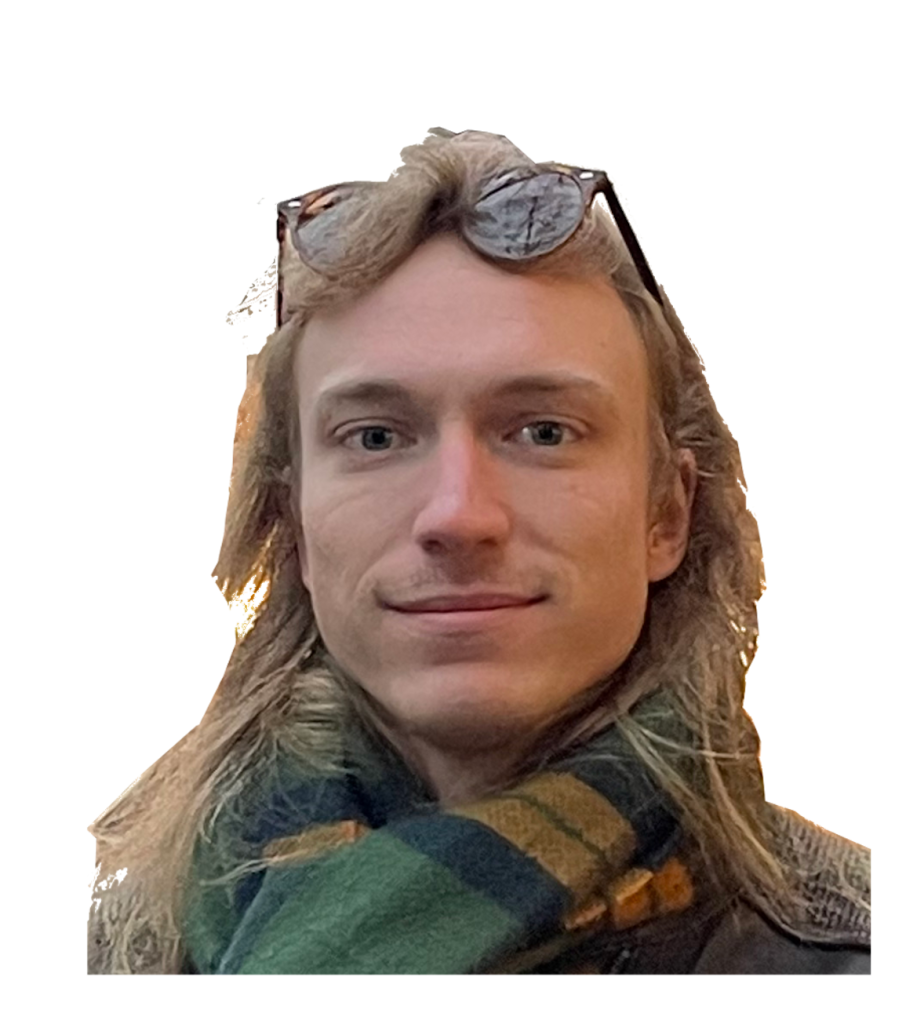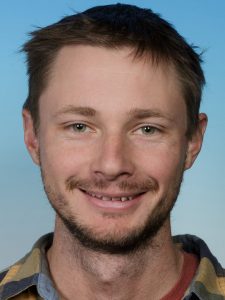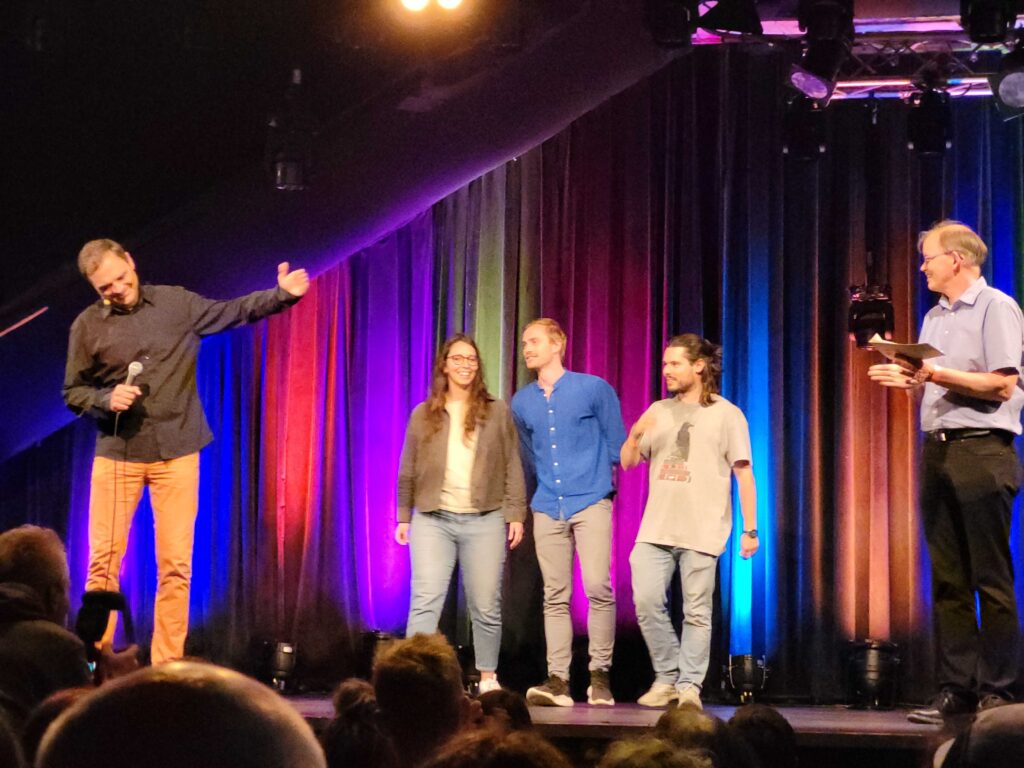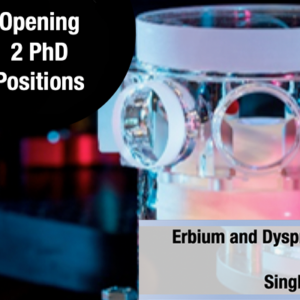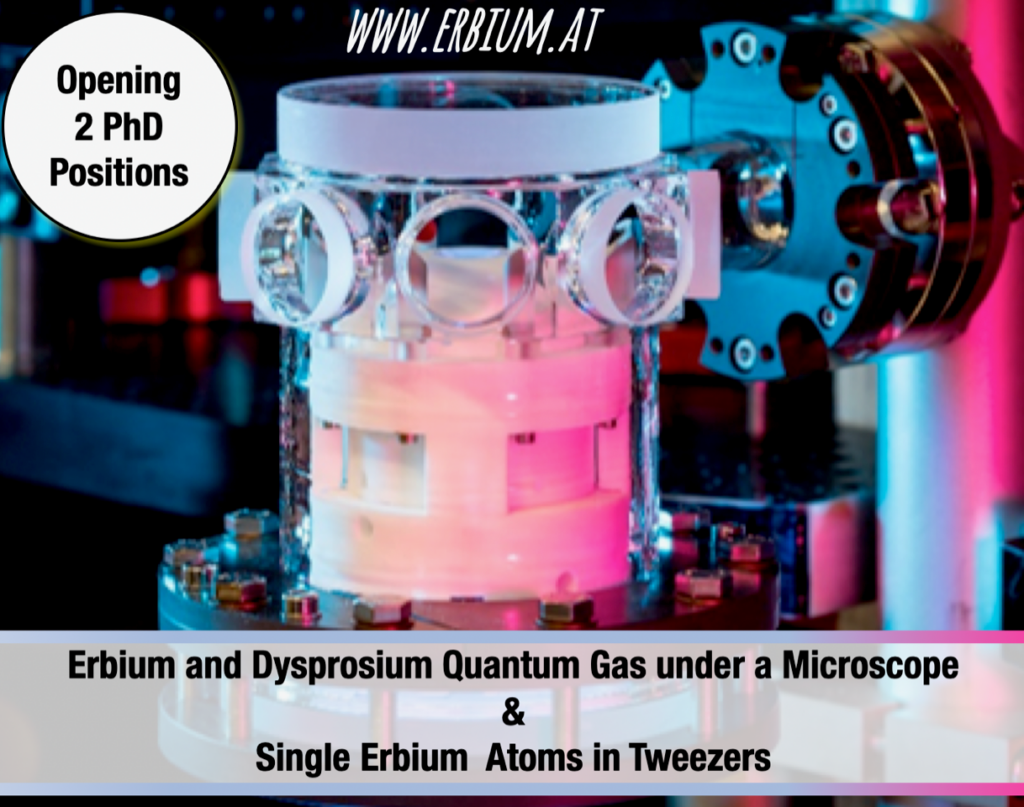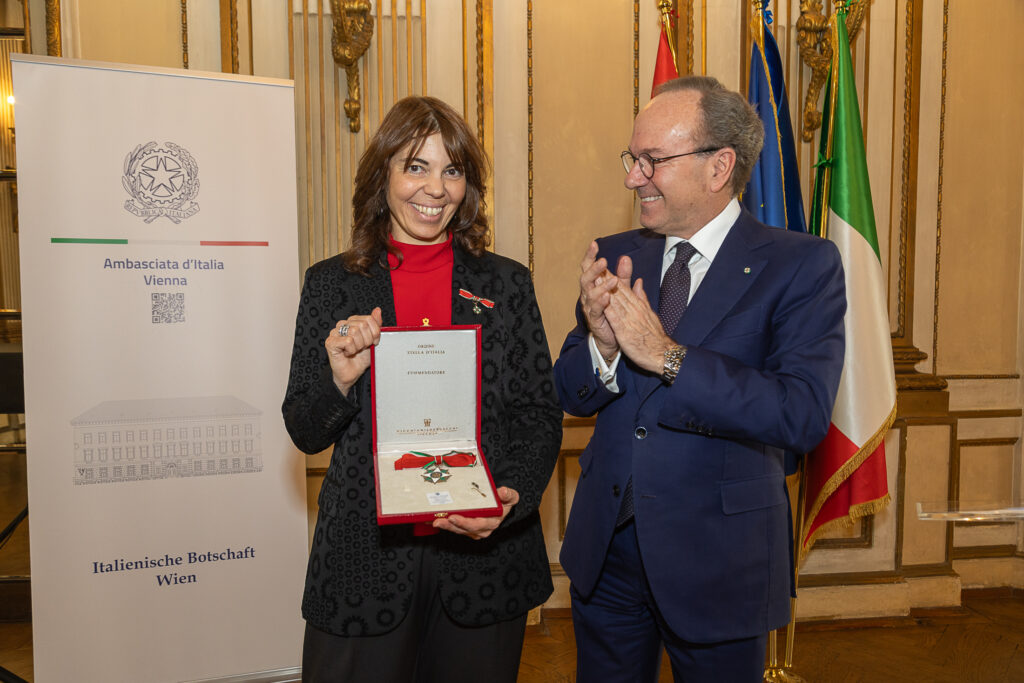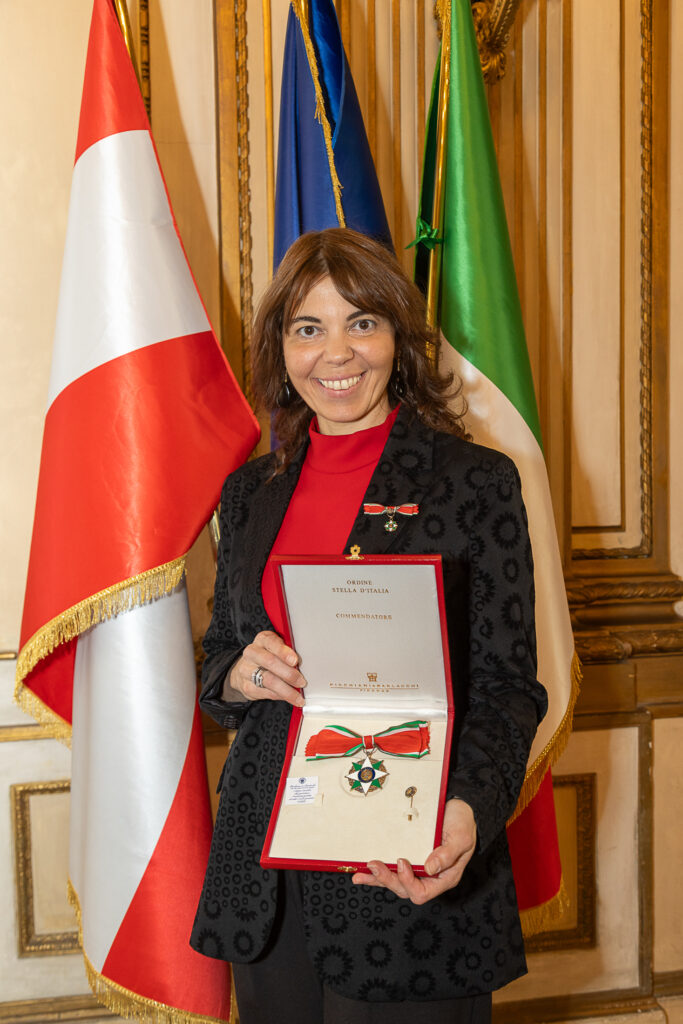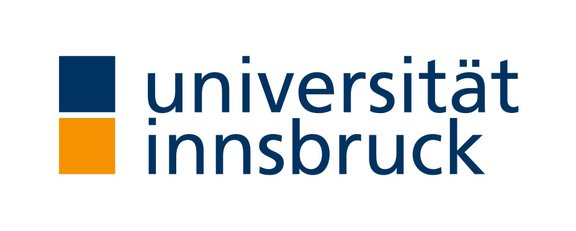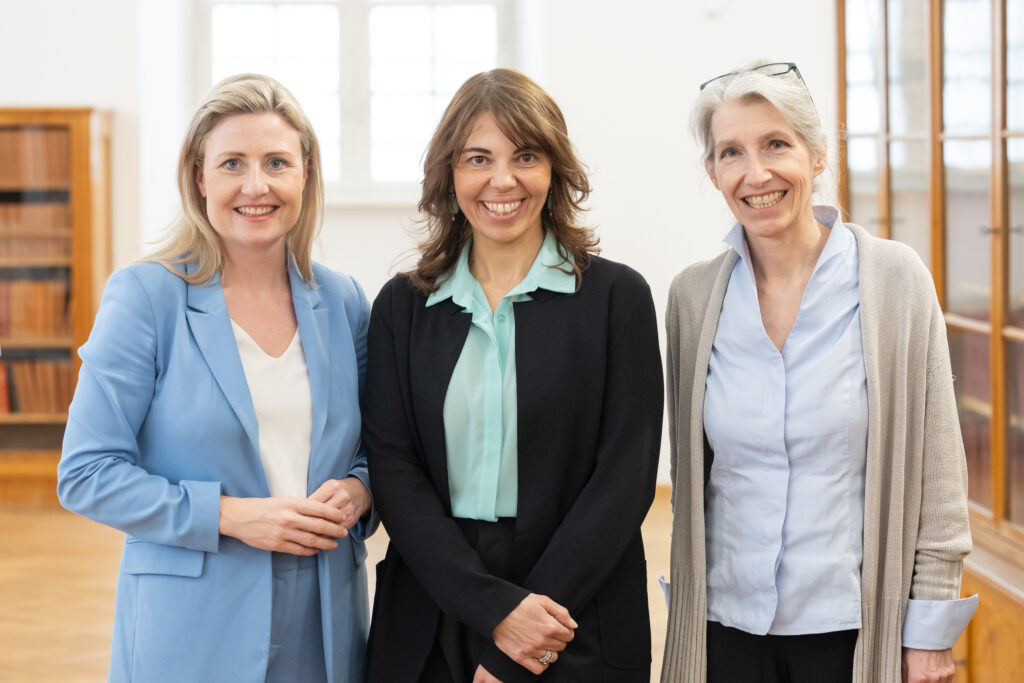
Photo credit: ÖAW/Elia Zilberberg
Atom*innen, the brainchild of group leader Francesca Ferlaino, grew from the need for an online, user-interactive platform for women in (quantum) physics. Today, the project has taken form, with the aim of providing a focal point to:
- inform with data on gender equality in physics to understand where we stand and what still has to be done,
- support women with the information about fundings, prizes, associations, job offers etc,
- empower women and girls by featuring role models and,
- connect women in physics.
We are delighted to announce the launch of atom*innen: Networking for women in physics on the International Day for Quantum Physics (14th of April 2024). Why that date? Because we want people to understand that gender equality is everyone’s fight. The in-person launch event took place in Wien on the 11th of April 2024, attended by the Federal Minister for Women, Family, Youth and Integration Susanne Raab.
You can learn more about Atom*innen here, and you can read the UIBK press release here.
ATOM*INNEN HOST INSTITUTIONS


ATOM*INNEN COLLABORATIONS
